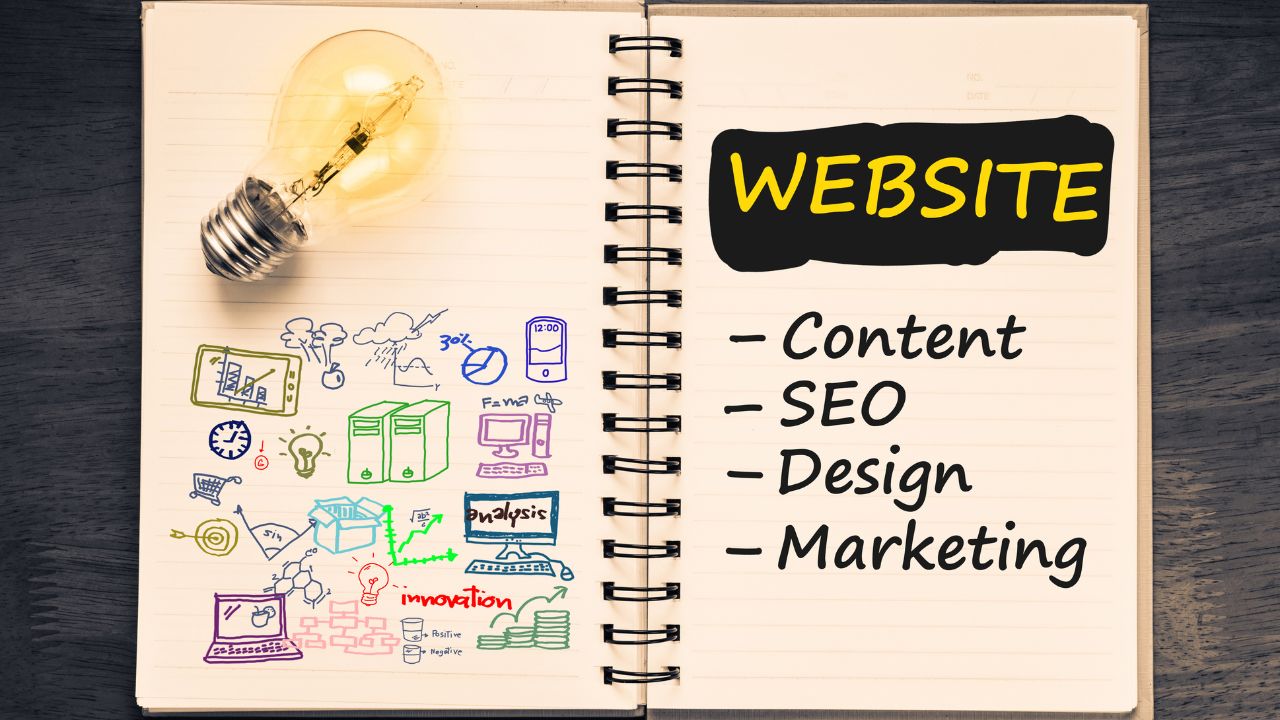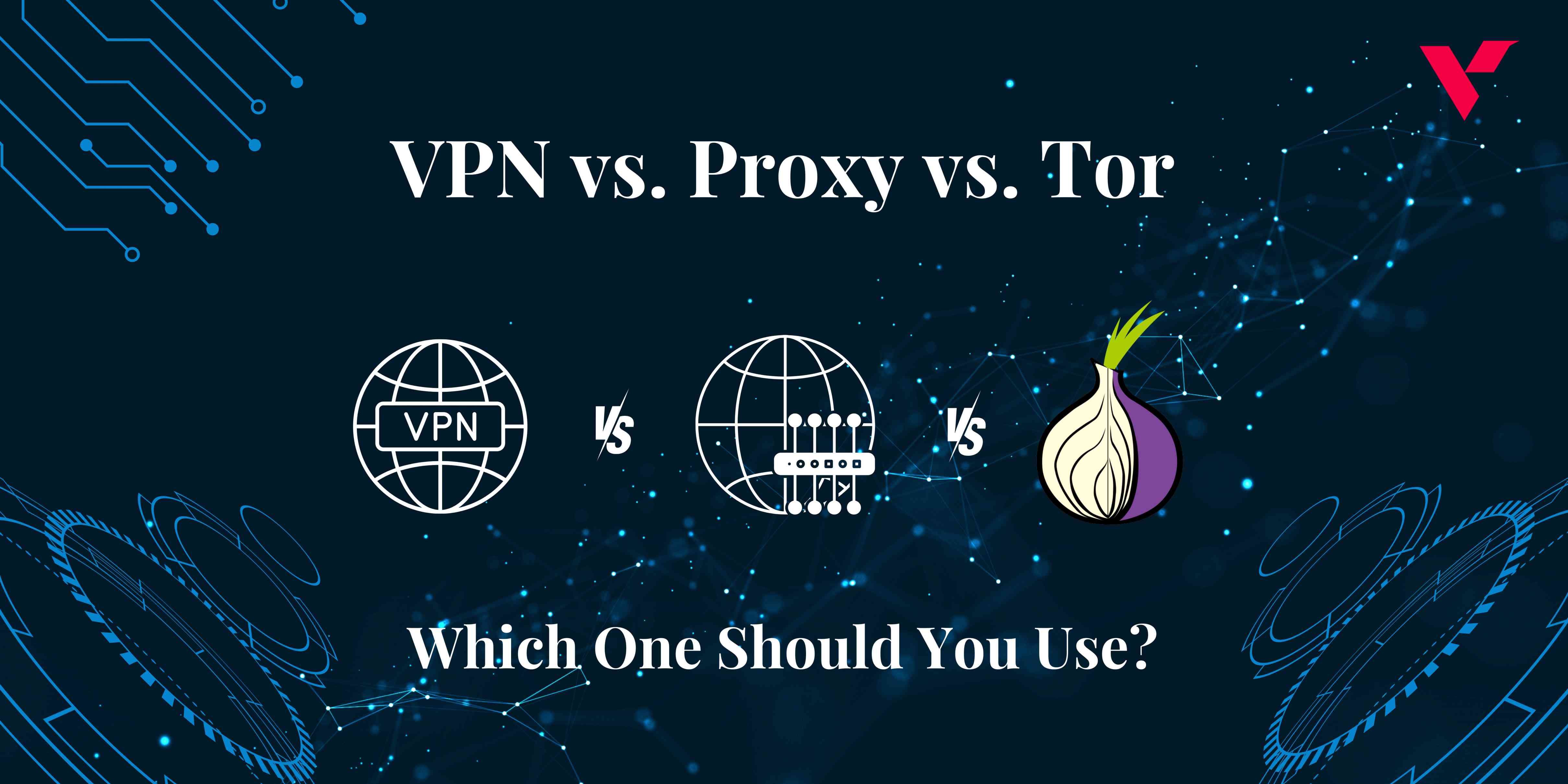Popular Tools by VOCSO
As an e-commerce company, investing in your website and its usability is equivalent to investing in the beautification and design of your storefront. This is natural because your website is the primary point of contact between you and your customers – and potential customers.
And speaking of potential customers, the best method for driving traffic to your e-commerce website is naturally running Google and social media ads. Experienced e-commerce magnates also know that the secret to successful digital ad campaigns is having well-optimized landing pages.
For all your targeted campaigns, you’ll want to create tailored landing pages that visitors will remember and that will encourage them to make a purchase. To do this, it’s crucial to make sure that you use SEO best practices like being mindful of keyword search intent to ensure that the content on your landing pages is relevant to your user’s search phrases. Alongside optimizing your landing page content, you should also seek to consider the layout of your page and the inclusion of CTAs and directions for potential customers to continue on their buyer’s journey – to ensure a higher rate of conversions.
If you’re looking for some great tips on how to build a stronger landing page, you’re in the right place. In this article, we’ll give you four actionable ways to optimize all the landing pages used in your e-commerce ad campaigns.
Table of Contents
1. Use Cohesive Branding Elements
One of the primary goals of your landing page is to make sure you stand out from your competitors. To do this, you’ll want to develop unique branding elements that make your brand, your digital store, and all of its products more memorable.
Our best tips here are to develop cohesive site elements that complement your logos and brand colors. For instance, if you’re looking to run a limited-time sale, you should design a banner that’s eye-catching but still adheres with your brand colors or other elements throughout the page. You could do this by using a consistent font or even incorporating illustrations that match the style of other elements or images found across your site.
The devil’s in the details, after all, and maintaining cohesive branding elements will ensure that your brand and business are perceived as authoritative, passionate, and well-established in your market niche. And once again, visual branding elements make a big difference when it comes to ensuring that visitors remember you, but they also majorly assist your customers in building strong mental associations between your brand and what you sell, ensuring that your business is more likely to be the first that springs to mind when customers think of your product. That in a nutshell, is how you grow your market share.
But there’s more to branding than the visual elements. The tone of your content also deserves a mention in your brand bible. In other words, you want to make sure that you write in a tone that’s consistent with the rest of the marketing material that you’ve put out, and that your content is written in a way that speaks to your audience.
For instance, if you want to position yourself as a serious luxury company, it won’t do to use cute, TikTok-style writing. Contrastingly, if you’re trying to come off as young and cool, this needs to come off in your landing page copy. Just be sure to research heavily here, as doing so can help you avoid risks of using outdated language or leaning too heavily into audience vocabularies to the point where your content reads as disingenuous, or your general branding appears at all ‘out of touch’.
2. Add Information About Your Products
When designing the layout of your home page and other tailored landing pages, you want to add one or more short paragraphs explaining who you are, what you sell, and why potential visitors should buy from you. And while a headline can do some of the heavy lifting, you want to flesh out your value proposition. This can help ensure that your brand makes a strong first impression on new visitors (and potential customers).
You can think of this part of your landing page as a short sales pitch. Give customers two or three clear reasons to buy your products. Are they more particularly affordable? Are they of a higher quality than similar options on the market? Do they possess a particular feature that makes them uniquely valuable? Whatever your USPs (unique selling propositions), make sure that they come off clearly.
Remember to keep this section of your landing page short and snappy. You don’t want your landing page visitors to see a huge wall of text as soon as they find your landing page, as this might scare them off. Let your site visitors scroll further to find more information if that’s what they’re looking for. Not only will this help your website maintain stronger bounce rates, but it can actually also work wonders for your SEO as well. But more on that later!
3. Incorporate Strong Calls To Action
An effective call to action (CTA) is among the most crucial landing page features if your goal is to get your page visitors to take some sort of action. This might be a call to ‘Buy Now,’ ‘Contact Us,’ ‘Sign Up for our Newsletter’ or something else that propels your potential customer further through your meticulously designed sales funnel. Often, your CTA will take the form of a button that links to a conversion page – be it a page where they can make a purchase or even just a commercial page that highlights the benefits of signing up to your mailing list or joining your site as a member.
If you have a background in copywriting, your first instinct might be to put the CTA at the end of your content. This isn’t necessarily the best practice when it comes to designing a landing page. Some web designers will swear by putting the CTA in the middle of your page, while others will recommend placing it on the left or the right so the CTA is always in sight as your user continues to scroll through and engage with your page content.
The truth is that the exact placement of your CTA isn’t the most important part. What matters most is that your CTAs stand out and are available when a site visitor is considering doing business with you. You want to make sure that visitors never have to go looking for your CTAs.
Alongside positioning them on page left or page right so they’re always visible, consider also writing your CTAs in bold, making the font bigger, placing it in a colourful box or a clear button, etc. All of these techniques can help boost the chances of your users engaging with your CTA and proceeding further down your sales funnel.
4. Optimise Your Landing Pages Using SEO
Finally, just because you’re designing landing pages to boost your paid traffic, doesn’t mean you don’t need to invest in your organic traffic and the keyword rankings that support them. After all, having the most convincing landing page in the world doesn’t matter if nobody can find your website again – and you can’t rely on remarketing alone because the reality is that digital ad campaigns are quite an expense. So supporting your organic traffic is a must for ensuring sustainable engagement.
This is where SEO comes in: you want to implement SEO strategies to make sure your page appears higher on Google searches. One SEO tip is to use internal links. Sprinkling relevant links to other parts of your website adds credibility to your landing page, as well as to your website as a whole, in the eyes of Google’s algorithm. You also want to make sure that your copy is human-written (or at least human-edited), as Google now penalises AI-created content. You also want to use relevant keywords as often as possible.
The best way to improve your landing page’s SEO is to make sure that your content is relevant to searchers. That way, you can ensure that your pages maintain strong clickthrough rates and minimal bounce rates. The more site visitors click through and stay on your page for longer, the more Google is inclined to believe your site has adequately addressed searcher’s user intent. And if user intent is being consistently met, Google is more likely to position your website higher up on their results pages for those keywords and search phrases. So make sure your information is accurate and helpful, and you’ll be off to a fantastic start with boosting your organic traffic.
~
Maintaining strong landing pages is essential for all modern e-commerce enterprises. You want to create a page that’s easily discoverable by your target audience and one that ultimately convinces them to spend their hard-earned money on whatever you’re selling.
In this article, we’ve gone over some practical ways to optimise your website’s landing page. If you start implementing these methods today, you should be able to watch your page visits and conversions skyrocket.
And if you need any additional support or even inspiration, then be sure to check out our e-commerce portfolio here at Vocso. Our diverse experience spanning a range of market niches can help us provide you with unique insights to optimise both your landing pages as well as your wider ecommerce website.

















